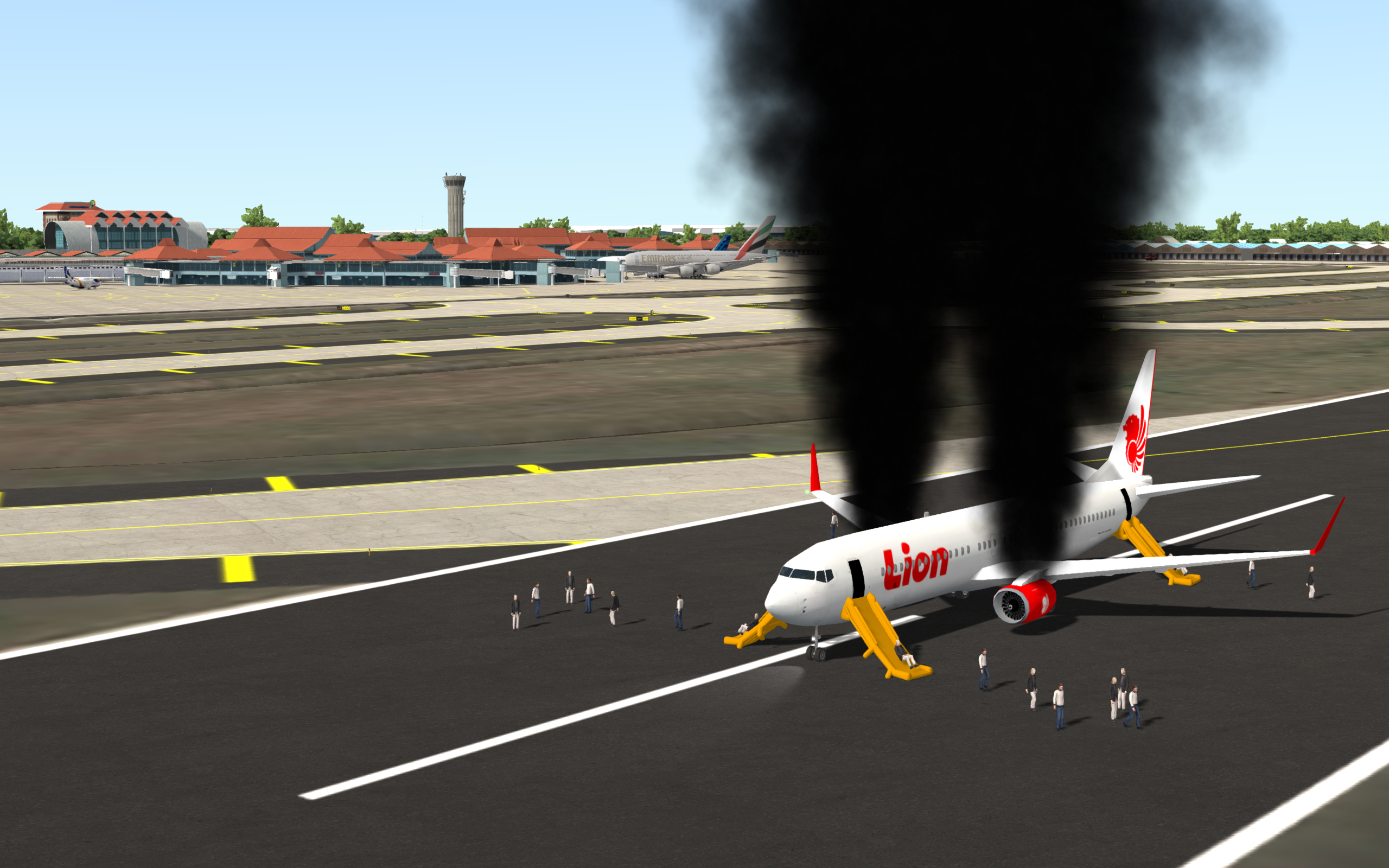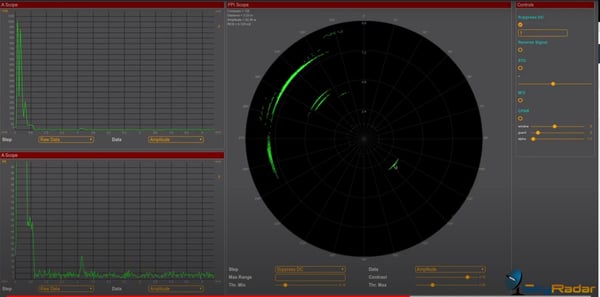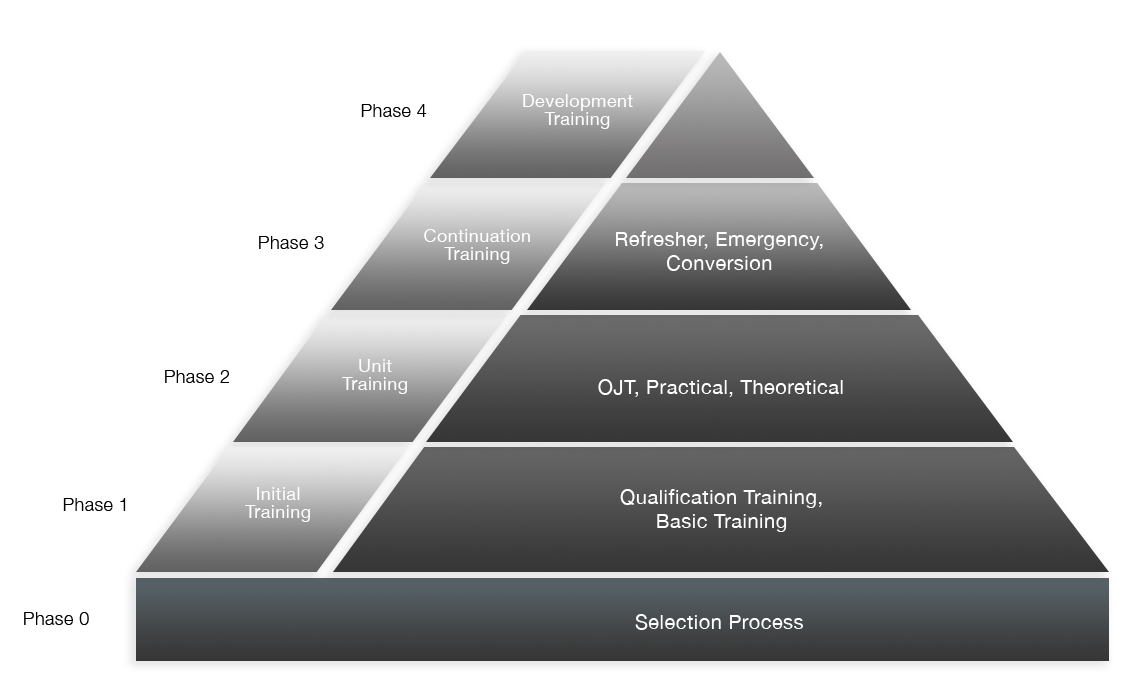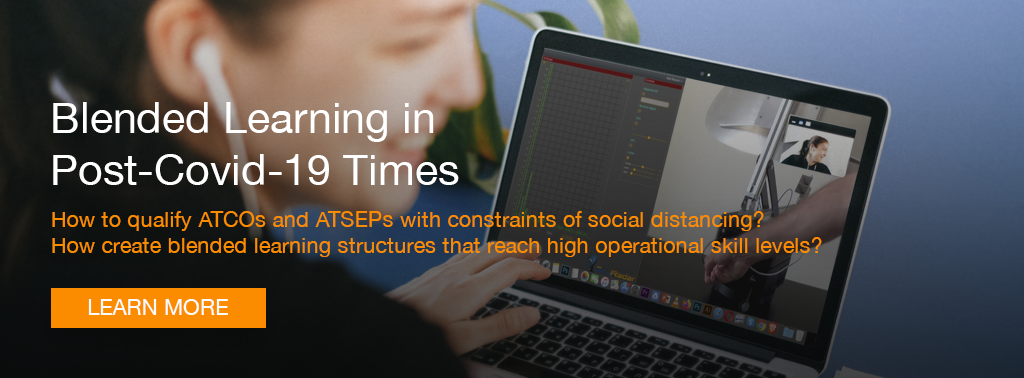COVID-19 forced us on a global scale to quickly rethink our education delivery structures in ATCO and ATSEP qualification processes. What are the lessons learned?
Cultural Shift the Hard Way
In the beginning of 2020, Air Navigation Service Providers (ANSPs) across the world and their Academies in particular had to align their qualification programs and continuous On-the-Job-Training with social distancing requirements imposed by the COVID-19 pandemic.
There was no ramp up time, no sand-boxing, we all, lecturers, students, professionals ands solution providers became our own guinea pigs. The test phase was the life phase, with lots of immediate iterations, trial and error, adrenaline and also fun involved.
In a webinar, Senior Air Navigation & SAR Inspector Waleed Al Riyami (GCAA, U.A.E.) gave the concluding advice to keep the limits in mind that were prevalent during COVID-19, and maintain / implement technologies which allow us to cope with similar situations in the future.
In short, let us cream off what was good, learn from best in class, improve the shortcomings we encountered and be prepared for the next challenge.
Goals - Improvement of Education and Beyond
The new goals will be in-line with a general trend of digitization of processes, from administration to banking, government or Air Traffic Management, eCargo Management or ATC. When implementing the lessons learnt, the goal shall not be limited to pandemic-proof learning processes in the institutions.
The goal shall be much broader. As Sharon Cooke, the CEO, Airways International Ltd New Zealand describes it: a cultural change took place during the COVID-19 phase, and we must embrace it.
Virtual learning groups are part of the new reality. Even virtual control centers are part of the new normal, as defined in EuroControl's Single European Sky (to shift teams in peak times to specific regions or even virtual Towers of smaller airports, e.g., in holiday regions with seasonal traffic).
3 Axes for Structuring Blended Learning
 Based on discussions and exchange with many academies and partners during the last couple of months, I suggest to look at the following aspects:
Based on discussions and exchange with many academies and partners during the last couple of months, I suggest to look at the following aspects:
- pedagogical aspects: What to consider to reach the necessary skill levels
- (infra-) structural aspects: How to structure a process of student qualification
- flexibility aspects: how can a new process be set up to be operational in normal times but quickly shift into an emergency mode (e.g., social distancing, danger, etc.)
Pedagogy
ATCOs and ATSEP need to be highly skilled. Pure comprehension of facts is not enough. The cognitive knowledge needs to be there, but they also need to be able to apply, to analyze, to transfer learned skills and experience to different areas of application.
Constructivism
From a pedagogical point of view, we suggest to build on a constructivist teaching / learning strategy.
What does that mean? We should not limit ourselves to teaching with PowerPoint presentations in a purely Instructor-based teaching approach. Students will not be able to go beyond the level of comprehension. In order to bring them high up the pyramid of cognitive goal achievements, they need to apply, and experiment, or in the language of the constructivit teaching theory: to construct their own skills. This is why we always try to apply real systems. Our radars are real! Also our aerodrome simulators are real ATC management systems (where we replace the aircraft pilots with pseudo-pilots and the radar signals by simulated signals).
To give the students the possibility to evaluate solutions we offer alternative algorithms and the possibility to calibrate, e.g., when working on C-FAR, .on MTD/MTI or on ICAO Doc 4444 compliant tracking.
We also use simulators, e.g., for NavAids. They build on a full modelling of the technical infrastructure (including the antenna arrays). Such simulators will help to construct skills and are very effective, and efficient as they can also be used for distance learning. But when working on simulators, we still need to subsequently work on the real system.
Practical Skills for ATSEP
The is the need to be practically skilled on the systems. ATSEP need to be psychomotorically skilled (haptics), be able to analyze and track down errors, but also to fix them in shortest times.
ATSEP and ATCO need to be team players. Air Traffic Control and related system maintenance is a thing for team players - they need to be quick and professional, even under stress. Personal and inter-personal skills are the prerequisite for every professional in the ATC domain.
Web-enabled systems allow for a didactically optimized Blend
SkyRadar's solutions are all web-enabled. We provide real training radars, but their raw data can be accessed locally and remotely in virtual browser-based labs. No installation on student computers needed - just a browser.
A lecturer can explain radar theory and application, and students can follow remotely and in the same time work concurrently on the radar data. As we send raw data (I and Q data) or ASTERIX protocol data to the browser, every student can conduct his or her exercises independently in the student's individual personal lab. For academic students we also provide MATLAB-APIs and more. For interested institutes, we can schedule an online demo.
The lecturer can design his / her syllabus based on the students' requirements (and on the logistic and environmental conditions).
The academic staff in the institute is free to mix blended solutions suitable for the target group.
Team work (inter-personal skills) can be learned in presence seminars, but also in virtual groups. Actually both will be part of the professional's future reality and needs to be part of the blend.

Teamwork will be required in normal and in stress-situations.
(Infra-) Structure
Having the right tools is important. But it requires the possibility to integrate them into a seamless solution, where tasks can be scheduled, performance can be tracked and student history and evolution is documented continuously.
In the context of a life-long learning approach (Continuation or Development Training), it is even more challenging to have the learner history accessible. User data needs to be sufficiently protected from data abuse.
The advantage: Imagine there is a protected location for qualification achievement (initial qualification, unit training, continuation training and development training), able to accompany the professional through his or her career. Helping to identify white spots and to develop the professional in a targeted and holistic way.
We always advise to use proven and standardized systems. The standard, which initially came from the aviation industry is called SCORM and stands form Sharable Content Object Reference Model.
The most deployed free LMS is called Moodle. We like that system as 1000s of applications optimized it during the last 20 years, for most imaginable learning purposes.
SkyRadar provides (free of charge) a reference architecture to all customers. Our solutions can be integrated without effort. They can be orchestrated into flexible learning paths. We would be happy to give you a little introduction into Moodle.
Flexibility
The word flexibility was used several times in the article. Depending on the students' requirements, contents need to be adapted. Tools like the SCORM system give the lecturer the opportunity to connect many sources (pdfs, ppts, simulators, web-enabled radars, etc) into one targeted learning sequence.
And, in emergency situations like pandemic, the whole structure needs to be able to shift instantly to a full approach of distance learning and social distancing.
The SkyRadar solutions are made for this.
Next Steps
Architectures will vary depending on specific requirements in the academies, the regions, the student group's entrance level and many other parameters.
Let us get it contact and discuss the best blend for your institute.
The author, Dr. Ulrich Scholten started to develop web-based simulations and e-Learning in 1998. Since 2000 he implemented SCORM-based solutions and participated in countless research projects and publications. Since 2008, he applies all his knowledge and experience on radar training solutions, making SkyRadar the first providers for distance learning and SCORM compliant training radars world-wide. Dr. Scholten regularly publishes peer-reviewed scientific papers in the fields of cloud computing, sensing, IoT and Blended Learning. He holds several patents on radar technology. For more than 5 years Dr Scholten was associated research scientist at the Karlsruhe Service Research Institute (KSRI), a partnership by KIT and IBM.







